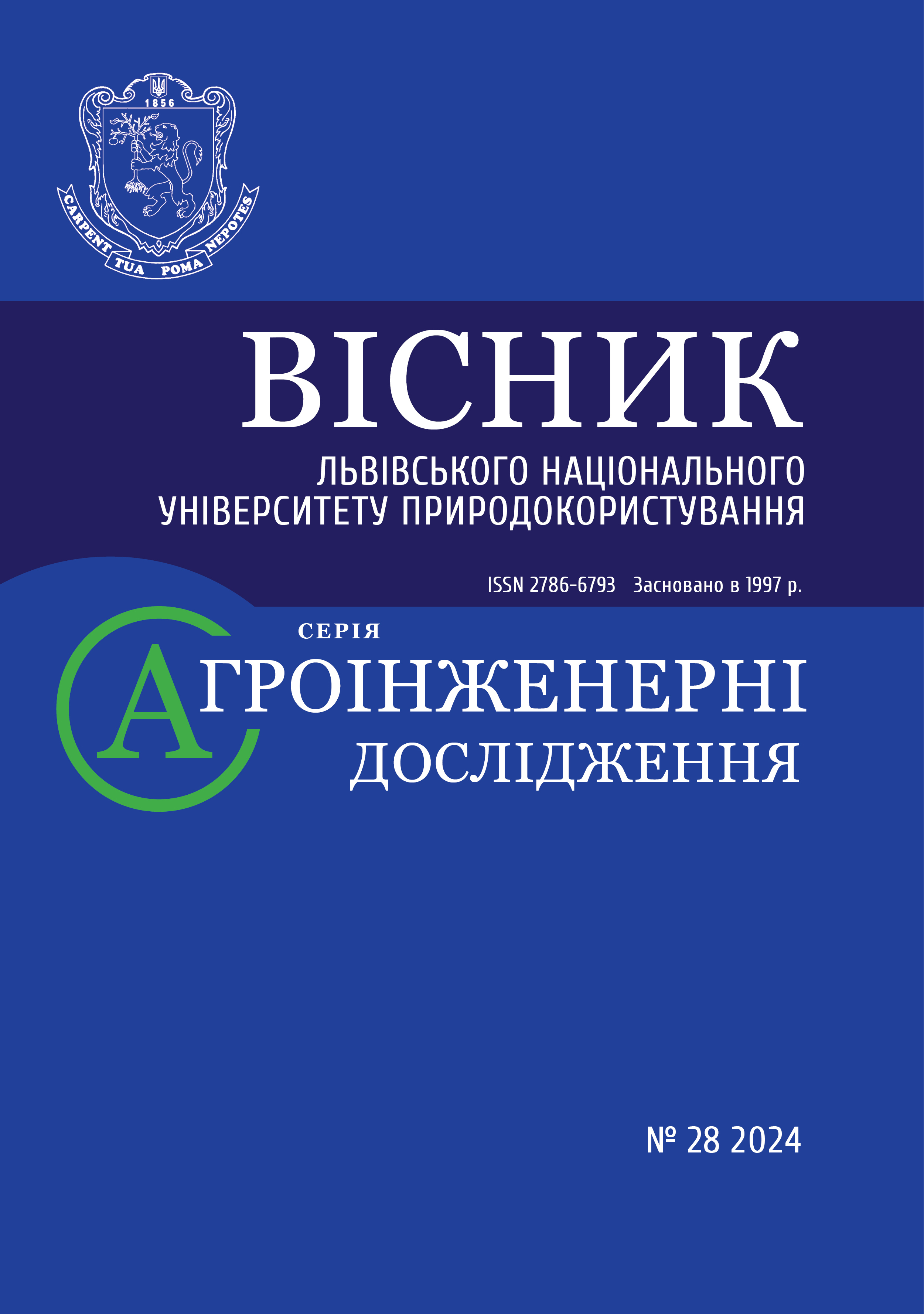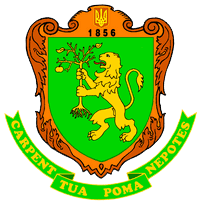Justification of the choice of the electric drive control system for pump unit of water treatment and water conditioning based on computer modeling
DOI:
https://doi.org/10.31734/agroengineering2024.28.086Keywords:
electric drive control system, pump unit, frequency controlAbstract
This article addresses the enhancement of the control system for the electric drive of the pump in the water treatment system used at a sugar factory. The study focuses on a flow diaphragm electrolyzer with a power consumption of 5 kW and an anolyte productivity ranging from 4.5 to 5 m³/h, examining the operation of an industrial water treatment system. Utilizing established calculation methods, the analysis compares throttle control and frequency control for the electric drive of the pumping unit. Key parameters, including consumed power, efficiency factor, torque, and shaft rotation speed, are calculated as functions of water flow while maintaining a specified pressure. The efficiency coefficients for the installation under different control methods are calculated, demonstrating the energy advantages of the frequency control method for the pumping unit. It was observed that, in frequency control mode, an increase in the hydraulic resistance of the system results in reduced electricity savings. A nonlinear MathCAD model was employed to evaluate an asynchronous motor starting directly under a fan torque and static load. The simulation results indicate that during the startup of the pump's asynchronous drive, the motor quickly reaches its nominal operating mode; however, the torque exhibits continuous pulsations. A mathematical model of the automatic control system allowed for a comparison between open and closed systems. Analysis of the resulting Nyquist diagrams, along with amplitude-frequency and phase-frequency characteristics, revealed an enhancement in operational stability for the closed system. Further simulations were conducted evaluating the performance of P-, PI-, and PID-regulators. Initially, all configurations provided effective stabilization; however, P- and PI-regulators eventually led to unstable operations. In contrast, the system utilizing a PID controller, with appropriately selected parameters, achieved a transient response lasting approximately 0.2 seconds.
References
Aayushi, A., Aayushi, S., Aditya, M., & Bhavnesh, J. (2024). Speed Control of Three-Phase Induction Motor Using ANFIS and Flower Pollination Algorithm Optimized PI Controller. In International Conference on Advancements in Power, Communication and Intelligent Systems (pp. 1-6). Kannur, India. doi: 10.1109/APCI61480.2024.10616561.
Ferdiansyah, I., Raharja, L., Yanaratri, D., & Purwanto, E. (2019). Design of PID Controllers for Speed Control of Three Phase Induction Motor Based on Direct-Axis Current Coordinate Using IFOC. In 4th International Conference on Information Technology, Information Systems and Electrical Engineering (pp. 369-372). Yogyakarta, Indonesia. doi: 10.1109/ICITISEE48480.2019.9003893.
Hrabko, V. V., & Moshnoriz, M. M. (2011). Metody ta zasoby optymizatsii roboty elektropryvodiv nasosnoi stantsii vodopostachannia. Vinnytsia: VNTU.
Janisz, K., Bordun, I., Ptashnyk, V., & Pohrebennyk, V. (2014). Role of Ionic Transport in the Electrochemical Activation of Water Solutions. Przegląd Elektrotechniczny, 90(1), 80-83. doi: 10.12915/pe.2014.01.19.
Kostyniuk, L. D., Moroz, V. I., & Paranchuk, Ya. S. (2004). Modeliuvannia elektropryvodiv. Lviv: Vydavnytstvo Lvivskoi politekhniky.
Marchenko, O. S., Lavrinenko, Yu. M., Savchenko, P. I., & Zhulai, Ye. L. (1995). Elektropryvid. Kyiv: Urozhai.
Noh, M., Najib, M., & Abdullah, N. S. (2008). Simulator of Water Tank Level Control System Using PID-Controller. In Int. Conf. On Water Resources, Hidraulics & Hidrology (pp. 168-171). University of Cambridge.
Paranchuk, Y., & Kuznyetsov, O. (2020). Synthesis of the Intelligent Position Controller of an Electromechanical System. In IEEE Problems of Automated Electrodrive. Theory and Practice (PAEP) (pp. 1-4). Kremenchuk, Ukraine. doi: 10.1109/PAEP49887.2020.9240889.
Paranchuk, Y., Evdokimov, P., & Kuznyetsov, O. (2020). Electromechanical positioning system with a neuro-fuzzy corrector. Przeglad Elektrotechniczny, 96(9), 52-55. doi: 10.15199/48.2020.09.11.
Patel, R. K., Shankar, R., Khare, P., & Mondal, P. (2022). Treatment of sugar processing industry wastewater using copper electrode by electrocoagulation: Performance and economic study. Journal of the Indian Chemical Society, 99(8), 100563. doi: 10.1016/j.jics.2022.100563.
Sakhara, S., Brahimi, M., Nacib, L., & Layadi, T. (2023). Application of a wavelet neural network approach to detect stator winding short circuits in asynchronous machines. Electrical Engineering & Electromechanics, 2023(3), 21-27. doi: 10.20998/2074-272X.2023.3.03.
Sakhara, S., Salah, S., & Nacib, L. (2017). Diagnosis and detection of short circuit in asynchronous motor using three-phase model. International Journal of System Assurance Engineering and Management, 8(2), 308-317. doi: 10.1007/s13198-016-0435-1.
Shabatura, Yu. V., Paranchuk, Ya. S., & Chumakevych, V. O. (2009). Enerhozberihaiucha systema upravlinnia tryfaznymy elektropryvodamy viiskovo-tekhnichnykh kompleksiv z pokrashchenoiu elektromahnitnoiu sumisnistiu. Problemy stvorennia, vyprobuvannia, zastosuvannia ta ekspluatatsii skladnykh tekhnichnykh informatsiinykh system (2, pp. 140-147). Zhytomyr.
Spooner, J., Maggiore, M., Ordonez, R., & Passino, K. (2002). Stable Adaptive Control and Estimation for Nonlinear Systems. A John Wiley & Sons.
Tolochko, O. I. (2016). Modeliuvannia elektromekhanichnykh system. Matematychne modeliuvannia system asynkhronnoho elektropryvodu. Kyiv: NTUU “KPI”.
Yadav, M., Yadav, R. K., & Gole, V. L. (2021). Sugar industry wastewater treatment: Current practices and advances. Microbial Ecology of Wastewater Treatment Plants, 151-174. doi: 10.1016/B978-0-12-822503-5.00017-5.
Zhulai, Ye. L. (2001). Elektropryvid silskohospodarskykh mashyn, ahrehativ ta potokovykh linii. Kyiv: Vyshcha osvita.


